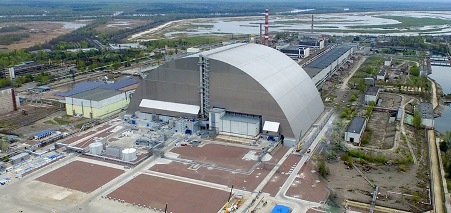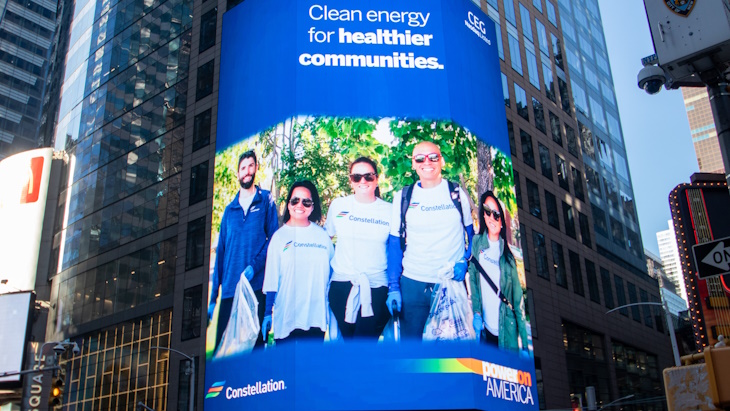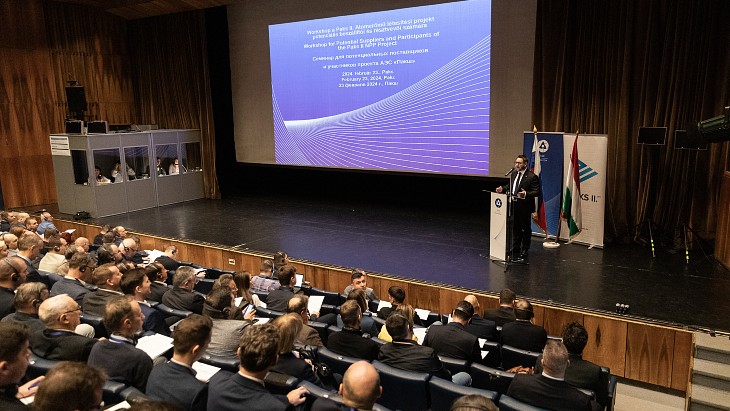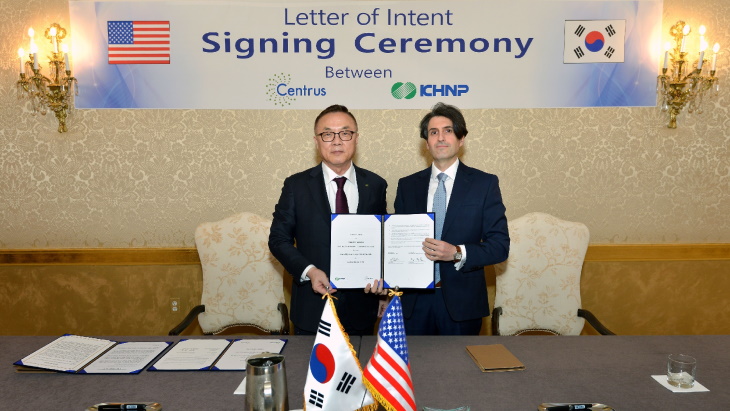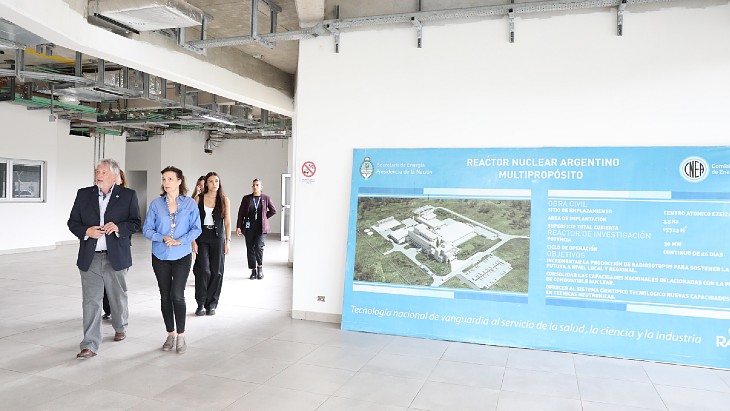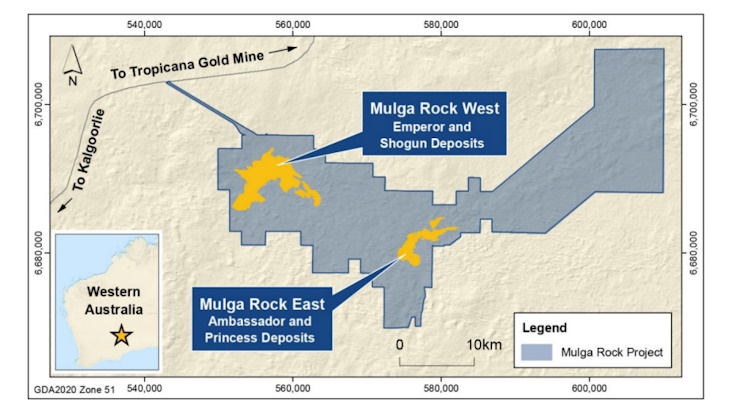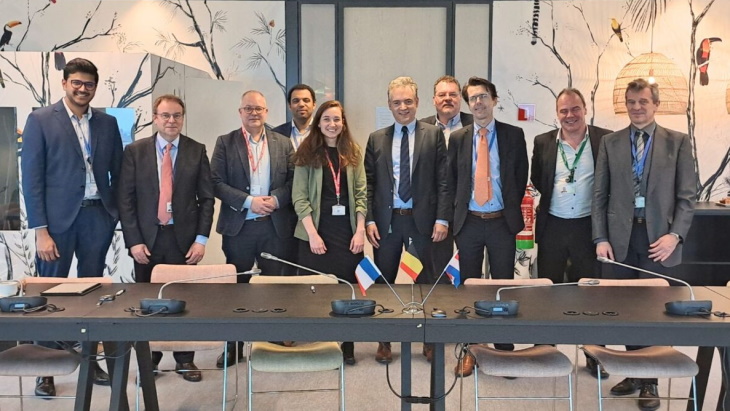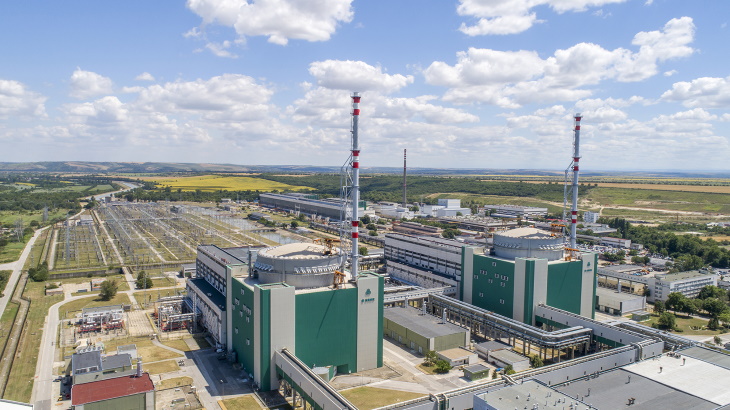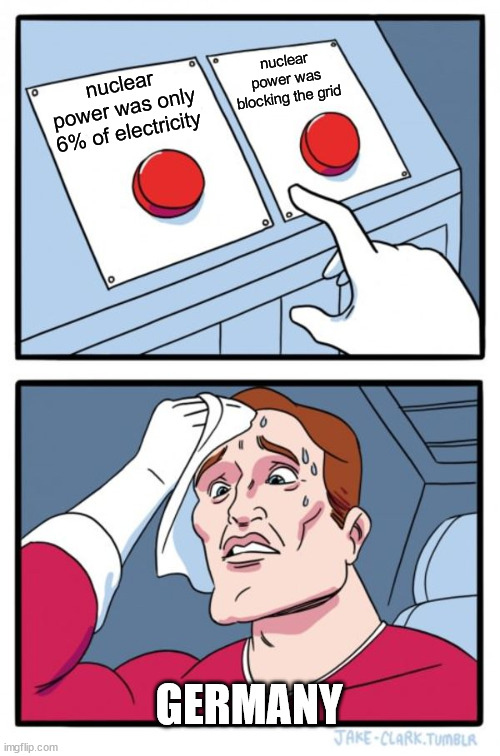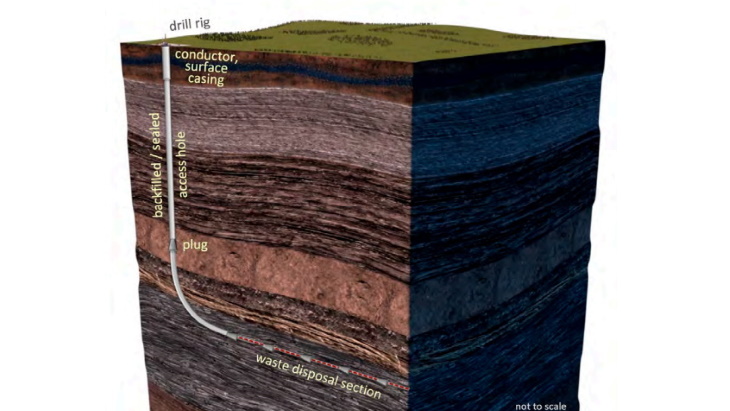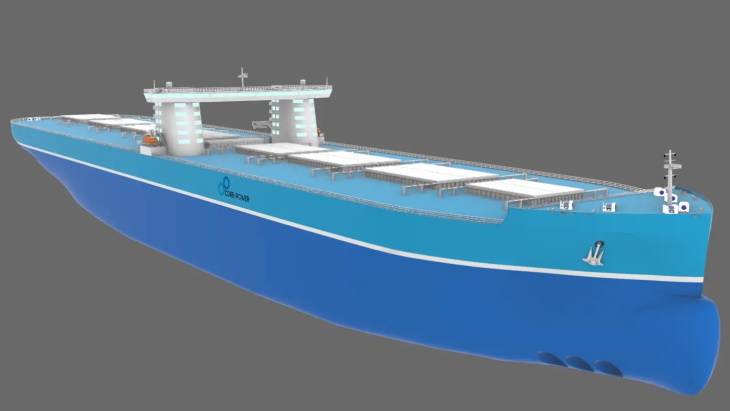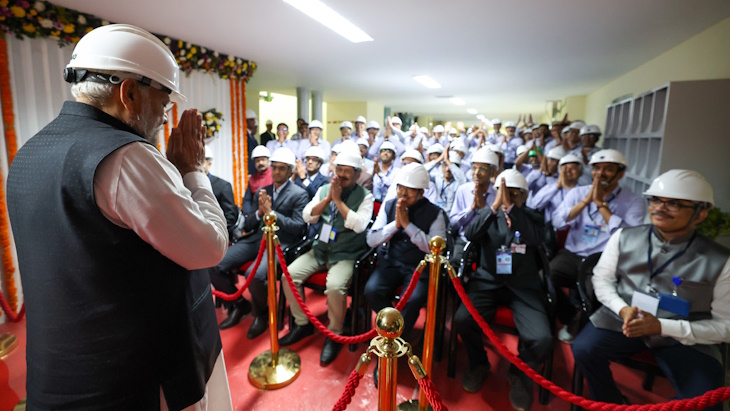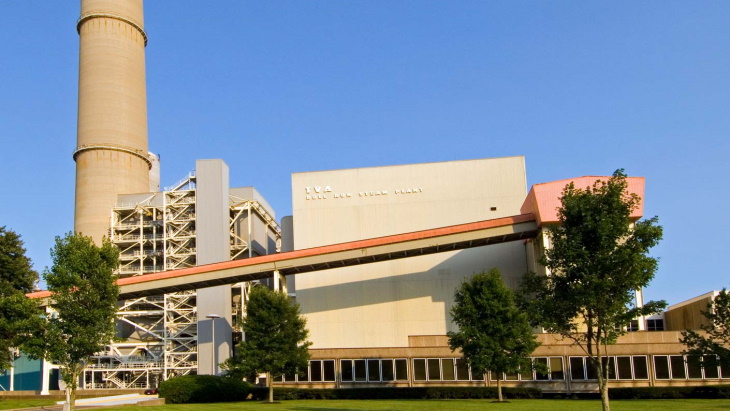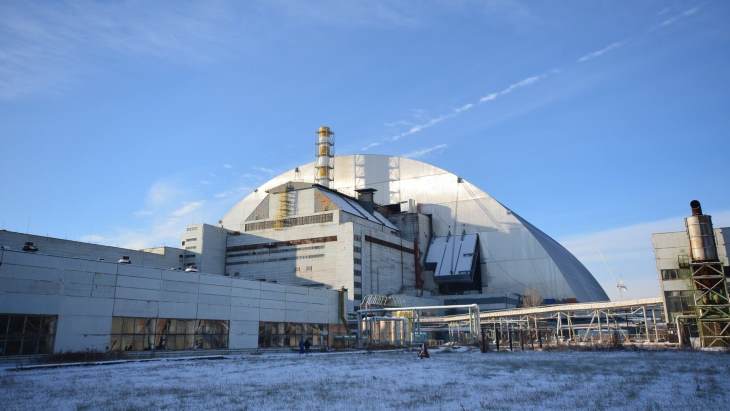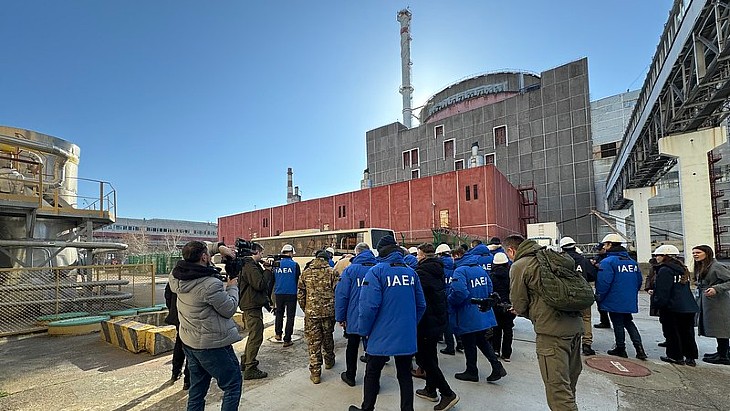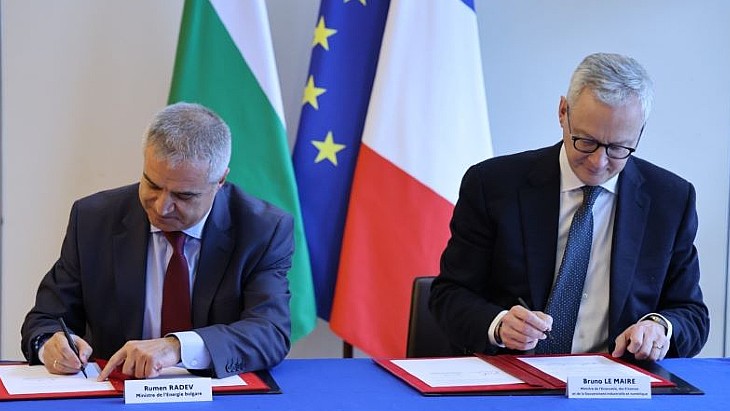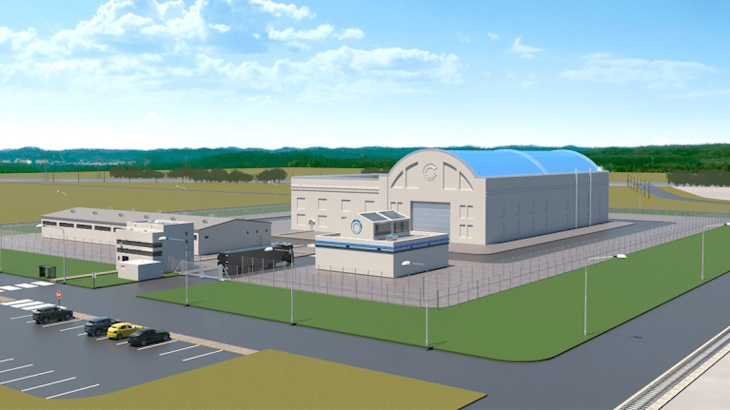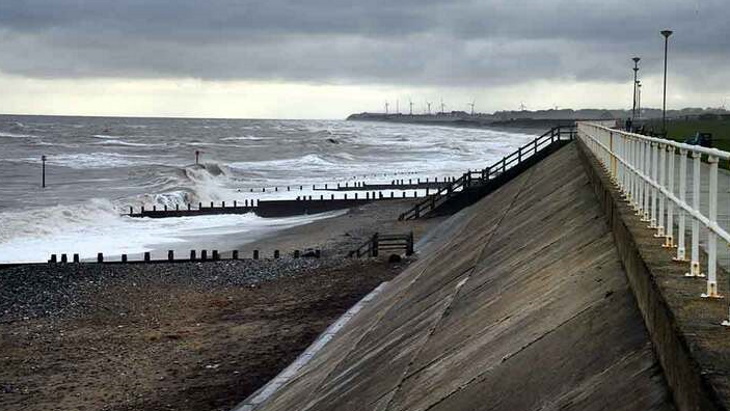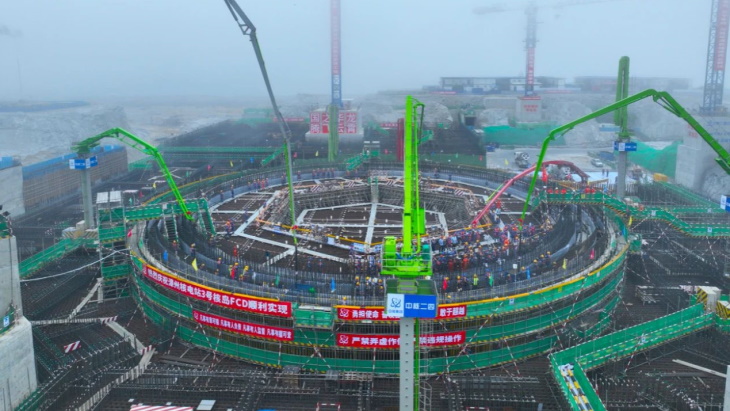The European Bank for Reconstruction & Development (EBRD), which administers grant funds from the International Chornobyl Cooperation Account (ICCA), has signed a new agreement (Grant Agreement No. 2) with Ukraine’s State Specialised Enterprise Chornobyl NPP (ChNPP).
Under the agreement, signed at the premises of the State agency of Ukraine for the Management of the Exclusion Zone (DAUUZV) Derzhavne Agentstvo Ukraini e Upravlinnya Zonou Vidchuzhennya), support will be provided for restoration of ChNPP infrastructure. Balthazar Lindauer, director of the EBRD nuclear safety department, noted: "We are starting a new stage and the signing of the grant agreement symbolises the beginning of the operation of the ChNPP security programme."
In December 2023, the State Nuclear Regulatory Inspectorate of Ukraine extended by six years the licence relating to dismantling the most unstable parts of the shelter hastily constructed over unit 4 of ChNPP in the 206 days following the 1986 explosion that destroyed the reactor. Work to dismantle and stabilise that sarcophagus is currently conducted inside the New Safe Confinement (NSC) built to enclose the damaged facility.
In 2007 a consortium led by French firms Vinci Construction Grands Projects and Bouygues Travaux Publics won the tender to build the NSC. The new facility, with a 100-year design life, was constructed away from the sarcophagus to reduce radiation exposure to workers. It was moved into place encasing the sarcophagus in November 2016. The NSC was funded by the international community through donations from more than 40 countries to the EBRD at a cost of €2.1bn ($2.5bn).
The main tasks covered byAgreement No. 2 include:
- Completion of pre-design activities of the NSC and the on-going dismantling of the unstable structures within it;
- Inspection of the deaerator stage and engine room protruding beyond the boundaries of the fence contour of the NSC; and
- Procurement of vehicles and equipment for the reliable and safe operation of the NSC.
In his welcome speech the DAUUZV First Deputy Head Andrii Tymchuk said: "This programme is designed to address the most urgent and critical needs of the station. The Chernobyl staff have successful experience of working with the EBRD in the implementation of complex projects, so you can be sure that the implementation of this agreement will be at a high level on the part of the recipient".
ChNPP emphasised that since 2023 the plant has resumed operations at all facilities that were built within the framework of projects implemented with international technical assistance.
The ICCA was established in November 2020 by the EBRD, at the request of the government of Ukraine, to support development of a comprehensive plan for Chornobyl. Since the start of the Russian special military operation in Ukraine in February 2022, the account remit has been widened to include a range of measures to support the restoration of nuclear safety, security and decommissioning abilities within the exclusion zone. The remit now permits activities across the nuclear sector in Ukraine in support of nuclear safety, subject to the agreement of the Assembly of Contributors. To date, ICCA has received nearly €10m from 13 donors.
The first ICCA Grant Agreement was signed in March 2023 to support the restoration of fire safety within the exclusion zone. Over the longer term ICCA will focus on support for sustainable site infrastructure and longer term safe operation of decommissioning infrastructure within the exclusion zone, in particular those facilities which were supported through long term international collaboration.
